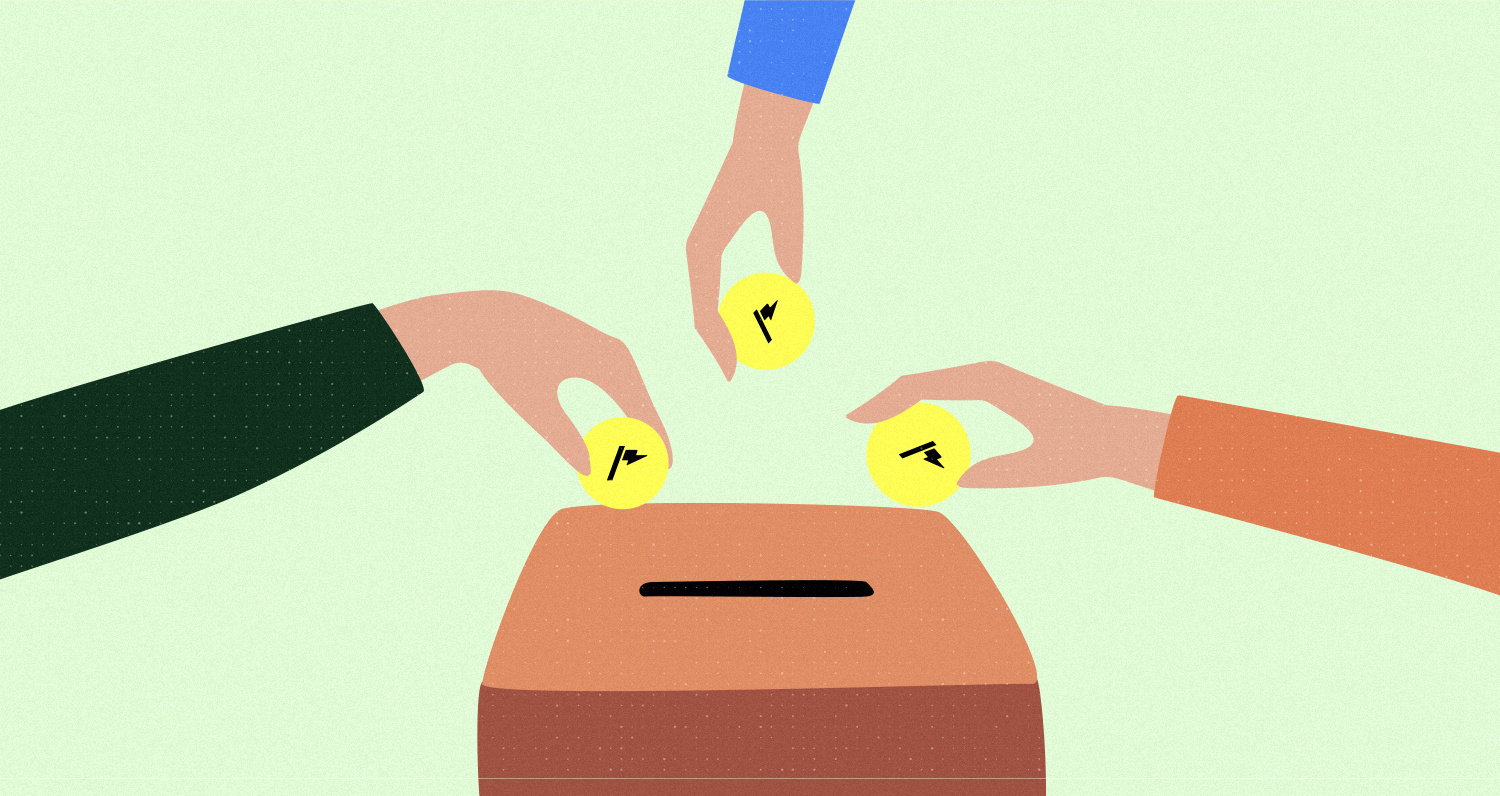When a listed company wants to raise money, they sometimes give their existing shareholders an exclusive free right to buy more stocks (aka shares) at a cheaper price—rights issues Think of it like a discounted ticket. This is usually used as an incentive to encourage shareholders to invest more money in the company.
The rights issues are offered in proportion to the current shares that the shareholder owns. Let’s say the company will offer rights with a ratio of 5:2. It means that for every 5 stocks, the investor will get the “right” to buy 2 new discounted stocks if they choose to.
Stocks vs. rights–What’s the difference?
Right issues are free tickets that can be used to buy company stocks at a potentially cheaper price. These tickets are valid for a certain amount of time and are only offered to existing shareholders. The existing shareholders can then resell these tickets at a higher price to anyone in the market, while ordinary stocks can be bought by anyone in the market at any time at their current market price, which usually would be more expensive than the ticket.
How would rights affect the stock’s price?
Picture this– a company issued 100 stocks, and you bought one stock which means you own 1% of the company. But then, the board decided to issue 50 more stocks at a discounted price, which means more people can now own a share of the company. As a result, the value of your stocks has decreased, and you now own only 0.66% of the company.
When a company offers new rights, it increases the total number of stocks, which reduces the ownership percentage of existing shareholders for each share they own, diluting their ownership. This can cause the stock price to drop temporarily to adjust to the increased supply. Yet, if the company is issuing rights to reinvest in its growth, then most likely the stock’s price will bounce back and potentially increase in the long run.
Why would a company issue rights?
Issuing rights might confuse investors. Why would a company sell its ownership at a discount and risk lowering its stock price? Yet, there are various reasons why a company may decide to issue rights.
Raise money
Companies issue rights to raise money. It’s a way for them to raise funds without borrowing from a bank or issuing new debt. By issuing additional stocks at a discounted price, the company can raise the money it needs to invest in new projects, expand its operations, or pay for other expenses.
Increase liquidity
Companies issue rights to improve their liquidity, which means having enough cash on hand to pay for things. By issuing rights, they can raise cash and use it to invest in their operations without draining their existing cash reserves. And, the fact that liquidity increases could lead the company to be cash flow positive, meaning that more cash is coming in than going out, which improves their financial statements.
Pay off debt
Sometimes, companies have too much debt and need to pay it off to avoid high-interest payments. Issuing rights can help them raise the money they need to pay off their debts and improve their financial position.
What are the available options?
Suppose you’re eligible for rights in Company A. Let’s explore your available options.
Option #1: Exercise the right
You can choose to participate in the rights offering and buy additional stocks at a potentially discounted price. This can be a good option if you believe in the long-term growth potential of the company and want to increase your ownership while getting a good deal.
Option #2: Sell some (or all) the rights
You can have your cake and eat it too. How? By selling some (or all) of your rights to other investors. It’s a win-win situation since you will potentially make some free money without any hassle, and avoid losing your investment value.
Option #3: Ignore the offer
You can also choose not to participate in the rights offering by neither selling nor subscribing, and letting the offer expire (noting you would lose its value).
Option #4: Buy the rights from a shareholder
Don’t have rights? Remember you can buy rights from an existing shareholder and choose to keep them or re-sell them.
The process–how does it work?
Here’s a breakdown of the process (this might slightly differ from one right offering to another depending on the company).
Diving deeper–the first & second rounds
If shareholders do not buy all the rights offered, companies sometimes open up a second round of rights issues. In this second round usually, any investor (not just existing shareholders) can purchase any amount of available rights. This might lead to an oversubscription, where more investors are interested in purchasing rights than there are available rights.
If there is an oversubscription, the company may need to allocate new stocks. This means that some shareholders may not receive all the stocks they wanted to buy. The allocation process will typically be based on a pro-rata basis, which means that shareholders will receive a percentage of the new stocks they applied for based on their existing shareholding.











